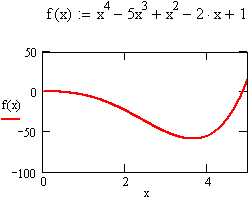
Vectors & Matricies
Individual numbers, real or complex, describe a wide range of things:
|
|

|
|
|
|
|
|
|
In application, when a single number can be used to describe a quantity, we call the quantity a scalar. Physical scalar quantities usually come with appropriate units attached to them: "365 days" or "65 mph" or "32 degrees Farenheit".
The functions that we've worked with in precalculus, of the form

Scalars, and scalar functions, describe much of the world around us. There are many things, however, for which a scalar description just won't do...
|
|
|
|
| Back to Contents | ||